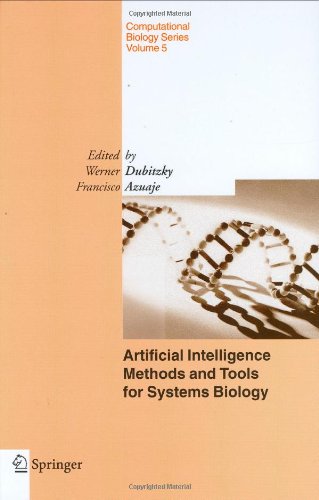

Most ebook files are in PDF format, so you can easily read them using various software such as Foxit Reader or directly on the Google Chrome browser.
Some ebook files are released by publishers in other formats such as .awz, .mobi, .epub, .fb2, etc. You may need to install specific software to read these formats on mobile/PC, such as Calibre.
Please read the tutorial at this link: https://ebookbell.com/faq
We offer FREE conversion to the popular formats you request; however, this may take some time. Therefore, right after payment, please email us, and we will try to provide the service as quickly as possible.
For some exceptional file formats or broken links (if any), please refrain from opening any disputes. Instead, email us first, and we will try to assist within a maximum of 6 hours.
EbookBell Team

5.0
30 reviewsThis book provides simultaneously a design blueprint, user guide, research agenda, and communication platform for current and future developments in artificial intelligence (AI) approaches to systems biology. It places an emphasis on the molecular dimension of life phenomena and in one chapter on anatomical and functional modeling of the brain.
As design blueprint, the book is intended for scientists and other professionals tasked with developing and using AI technologies in the context of life sciences research. As a user guide, this volume addresses the requirements of researchers to gain a basic understanding of key AI methodologies for life sciences research. Its emphasis is not on an intricate mathematical treatment of the presented AI methodologies. Instead, it aims at providing the users with a clear understanding and practical know-how of the methods. As a research agenda, the book is intended for computer and life science students, teachers, researchers, and managers who want to understand the state of the art of the presented methodologies and the areas in which gaps in our knowledge demand further research and development. Our aim was to maintain the readability and accessibility of a textbook throughout the chapters, rather than compiling a mere reference manual. The book is also intended as a communication platform seeking to bride the cultural and technological gap among key systems biology disciplines. To support this function, contributors have adopted a terminology and approach that appeal to audiences from different backgrounds.